Your Cart is Empty
PREMIUM KINESIO TAPE • PREMIUM TAPING TRAININGS • 35% DISCOUNT FOR PROFESSIONAL USERS • PLANT TREES WITH THE PURCHASE OF TAPE
Menu

PREMIUM KINESIO TAPE • PREMIUM TAPING TRAININGS • 35% DISCOUNT FOR PROFESSIONAL USERS • PLANT TREES WITH THE PURCHASE OF TAPE
trainings
Accesories
Sensitive tape
Standard tape

5cm width / 5m length standard adhesive thickness

Feel Taping Bundle
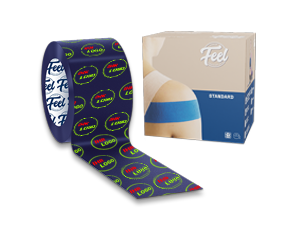
Feel Taping Bundle - 6x tape + scissors
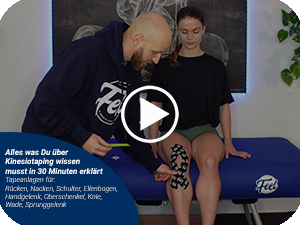
Video - Kinesiotaping for everyone

5cm width / 32m length standard adhesive thickness
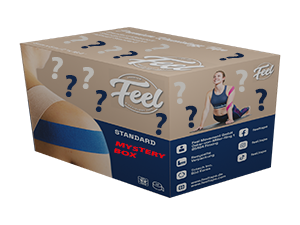
Feel Tape Mystery Box
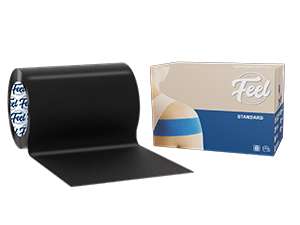
10cm width / 5m length standard adhesive thickness
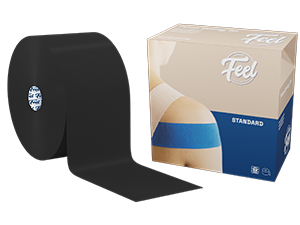
10cm width / 32m length standard adhesive thickness

The power of touch
September 12, 2023 2 min read
The power of touch in pain therapy
Introduction: In the field of pain management, where innovative approaches are constantly emerging, affective touch is an often overlooked but incredibly powerful modality. This inconspicuous technique harnesses the innate human need for physical connection and comfort to relieve pain and promote healing. In this article, we delve into the world of affective touch and examine its profound impact on pain management and therapy.

Understanding Affective Touch:
Affective touch is a therapeutic approach that incorporates the element of human touch to provide physical, emotional and psychological relief to people in pain. It differs significantly from conventional therapies because it targets not only the physical sensations of pain, but also the emotional and psychological aspects that often accompany it.
The science behind affective touch:
Recent research has shed light on the physiological mechanisms underlying affective touch. When the skin is gently stroked, specialized nerve fibers called C-tactile afferents are activated. These fibers relay signals to the brain's emotional processing centers and trigger the release of oxytocin and endorphins, our body's natural painkillers. This chemical reaction creates a feeling of comfort and relaxation and reduces the perception of pain.
Applications in pain therapy:
Affective touch has found a place in various pain management modalities, providing relief for a variety of conditions:
- Chronic Pain Treatment: Affective touch can be integrated with massage therapy, chiropractic care, or physical therapy to improve pain relief for individuals with chronic pain conditions such as fibromyalgia, osteoarthritis, and neuropathy.
- Emotional pain relief: Pain is not only physical in nature, but is often accompanied by emotional stress. Affective touch can help patients cope with emotional pain by promoting a sense of security and calm and reducing stress and anxiety.
- Rehabilitation after surgery: After surgery, patients often suffer from physical discomfort and emotional stress. Incorporating affective touch into rehabilitation programs can accelerate healing and reduce pain perception.
Self-application techniques:
Affective touch is not limited to professional therapy sessions. Patients can also learn self-administered techniques such as self-massage or gentle stroking exercises that they can incorporate into their daily routine to provide a consistent source of pain relief. A good tool for this is a real hair brush that you can slowly stroke over the skin in one direction.
Conclusion:
Affective touch is a promising frontier in pain management, bridging the gap between physical and emotional well-being. By harnessing the healing power of human touch, it offers an innovative and holistic approach to pain management. As research continues to uncover its potential, affective touch is poised to become an integral part of comprehensive pain management programs and provide much-needed relief and comfort to pain sufferers.
Adding affective touch to your “toolbox” could be the crucial step that not only relieves physical discomfort, but also addresses the emotional and psychological aspects of pain, ultimately improving your patients’ overall quality of life.Leave a comment
Comments will be approved before showing up.

Are you a physiotherapist, osteopath, doctor or fitness professional?
Then get a permanent 35% discount on our Kinesiotape now!
Cookies
Cookies
Wir verwenden Cookies. Viele sind notwendig, um die Website und ihre Funktionen zu betreiben, andere sind für statistische oder Marketingzwecke. Mit der Entscheidung "Nur essentielle Cookies akzeptieren" werden wir Deine Privatsphäre respektieren und keine Cookies setzen, die nicht für den Betrieb der Seite notwendig sind.
Essenzielle
Statistik & Marketing
Alle Cookies akzeptieren
Nur essentielle Cookies akzeptieren
Individuelle Cookie Einstellungen
Speichern & schließen
Essenzielle
Essenzielle Cookies ermöglichen grundlegende Funktionen und sind für die einwandfreie Funktion der Website erforderlich.
Informationen anzeigen
Statistik & Marketing
Marketing-Cookies werden von Drittanbietern oder Publishern verwendet, um personalisierte Werbung anzuzeigen. Sie tun dies, indem sie Besucher über Websites hinweg verfolgen.


















